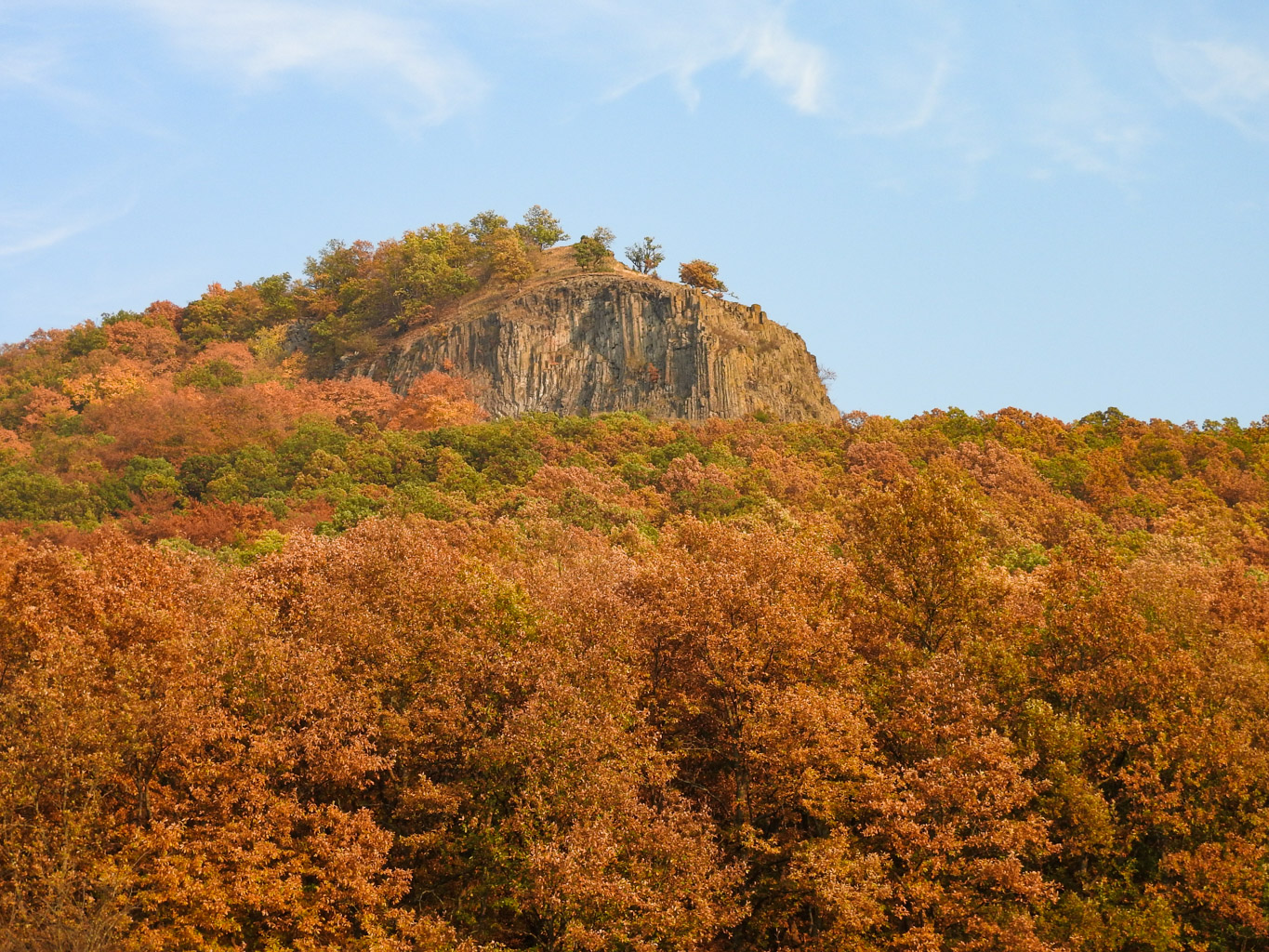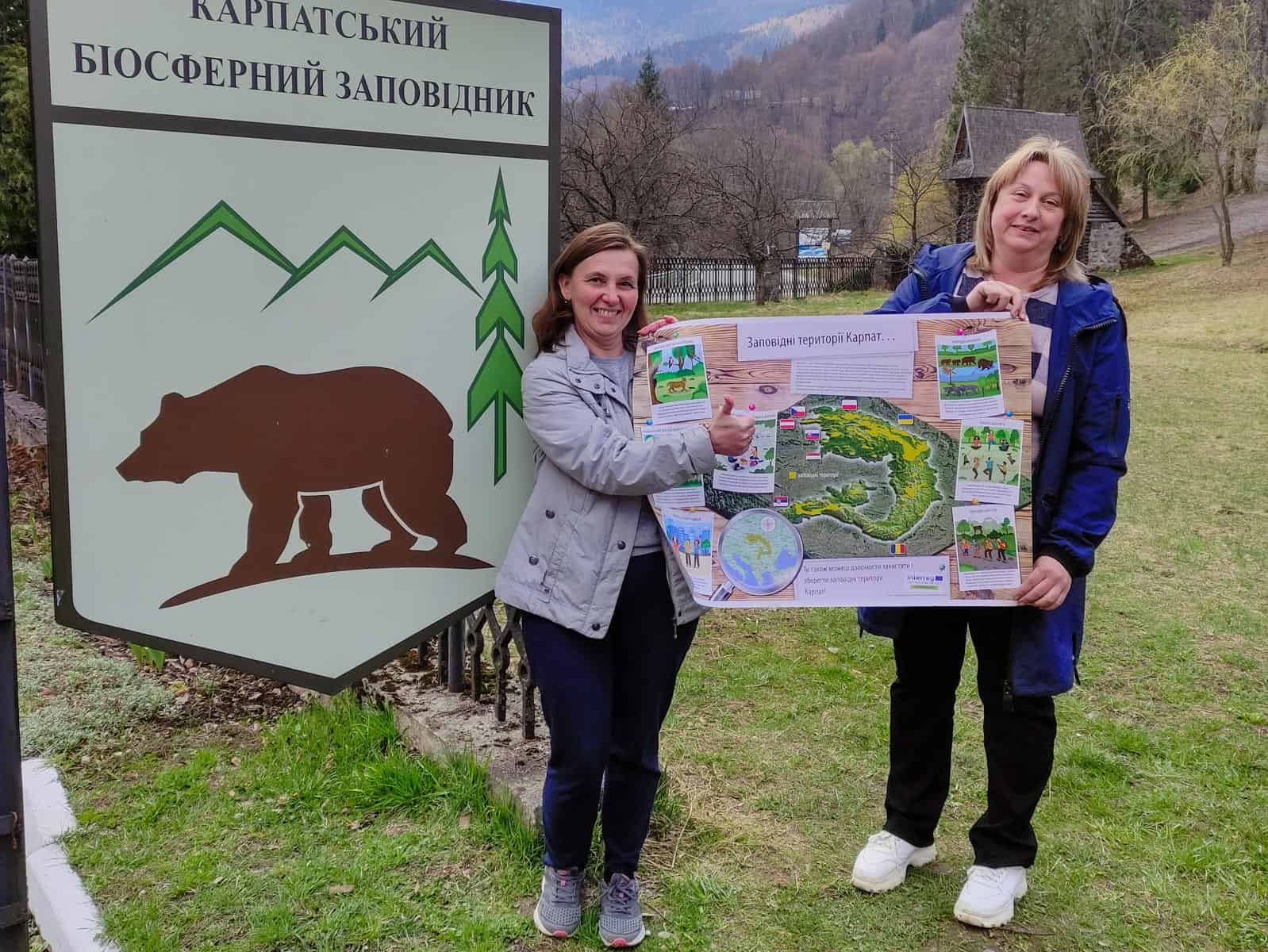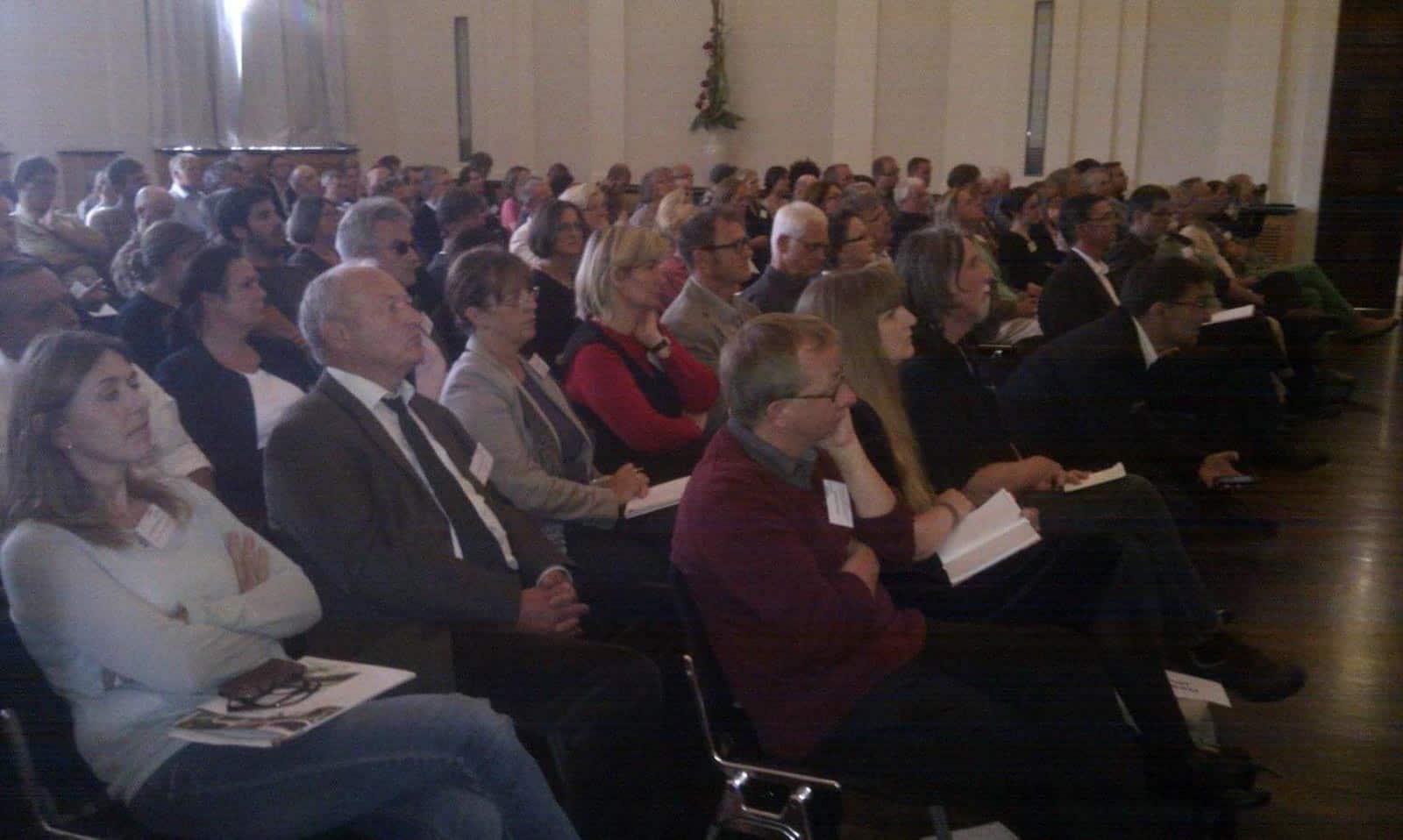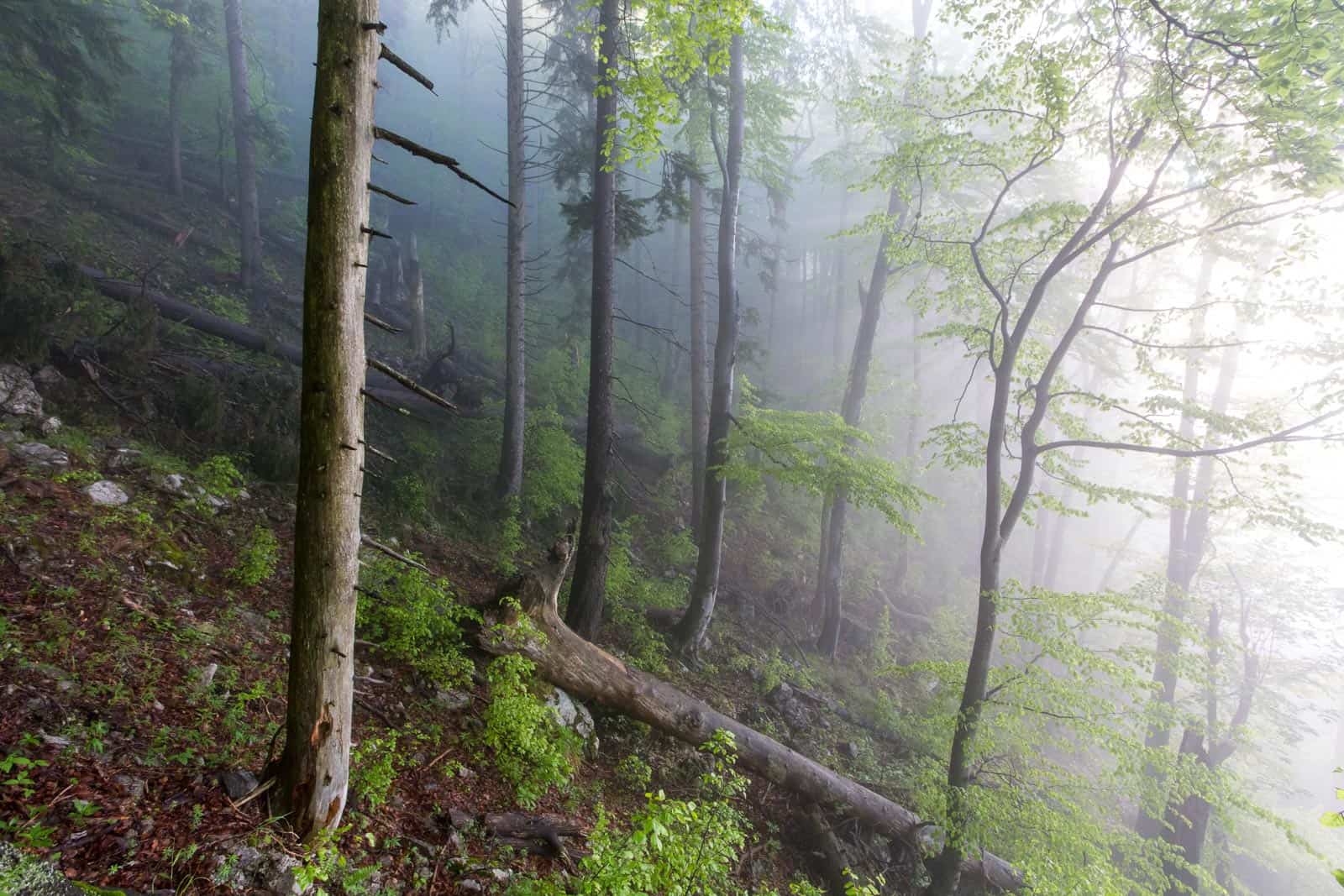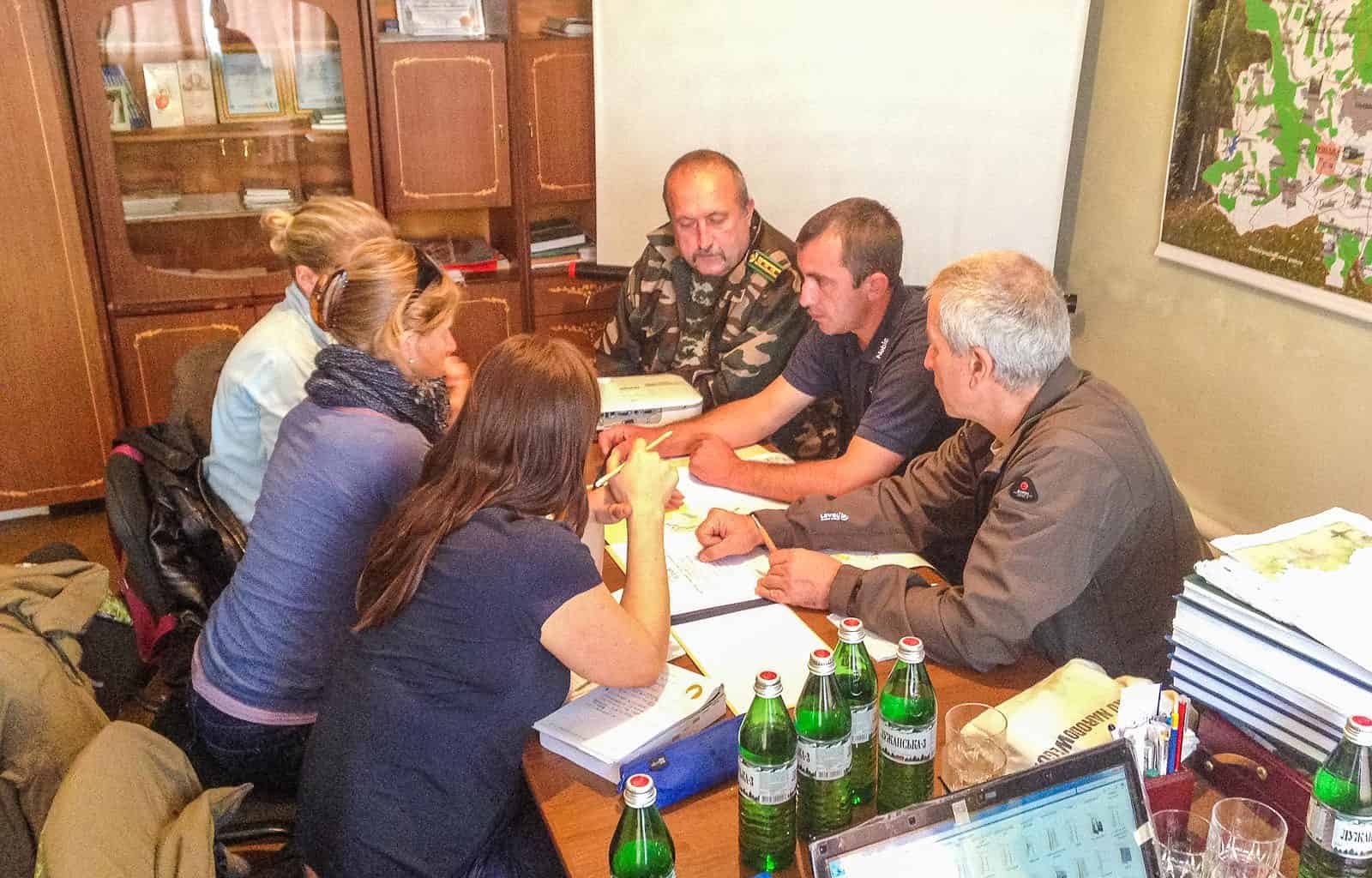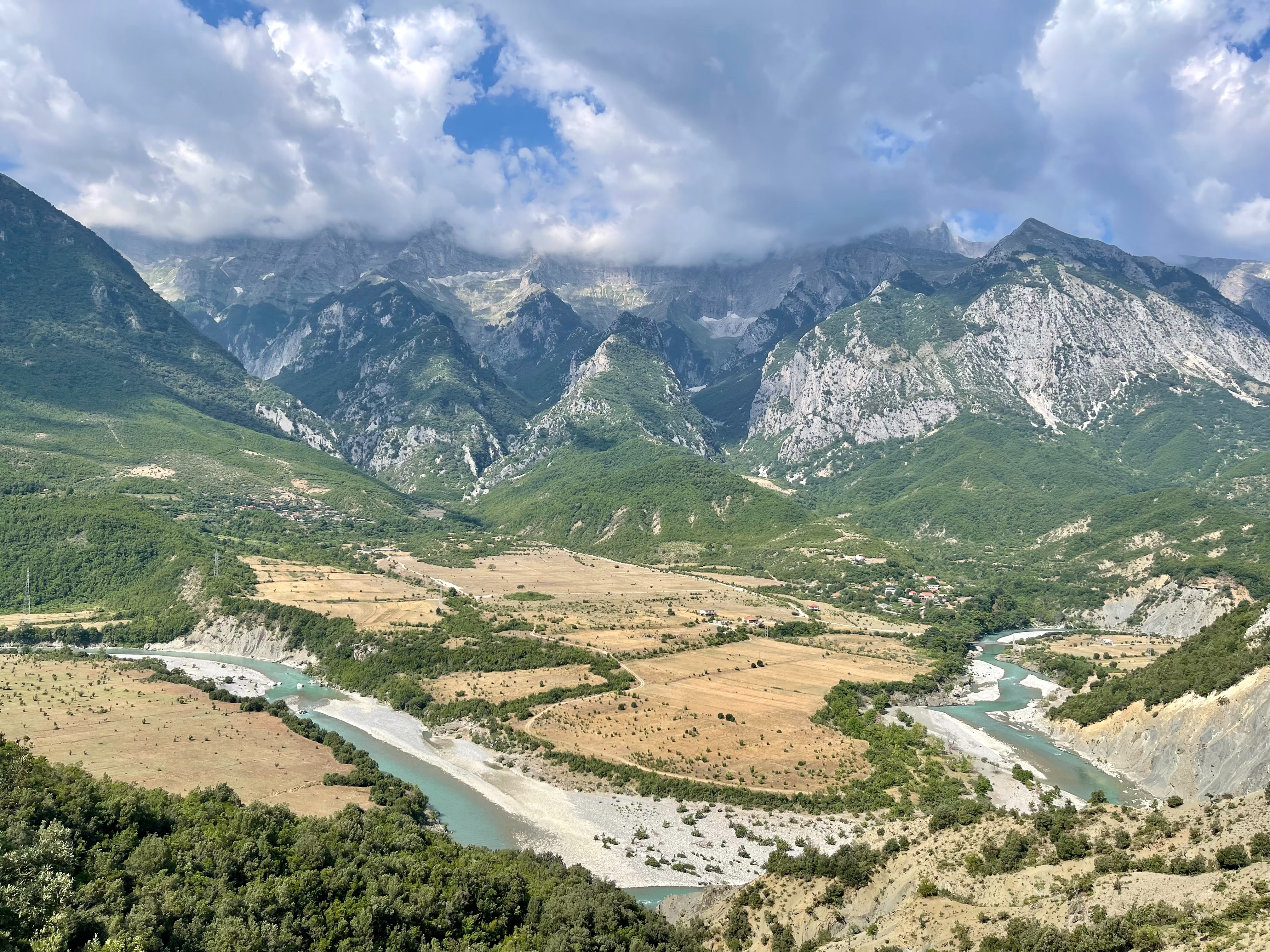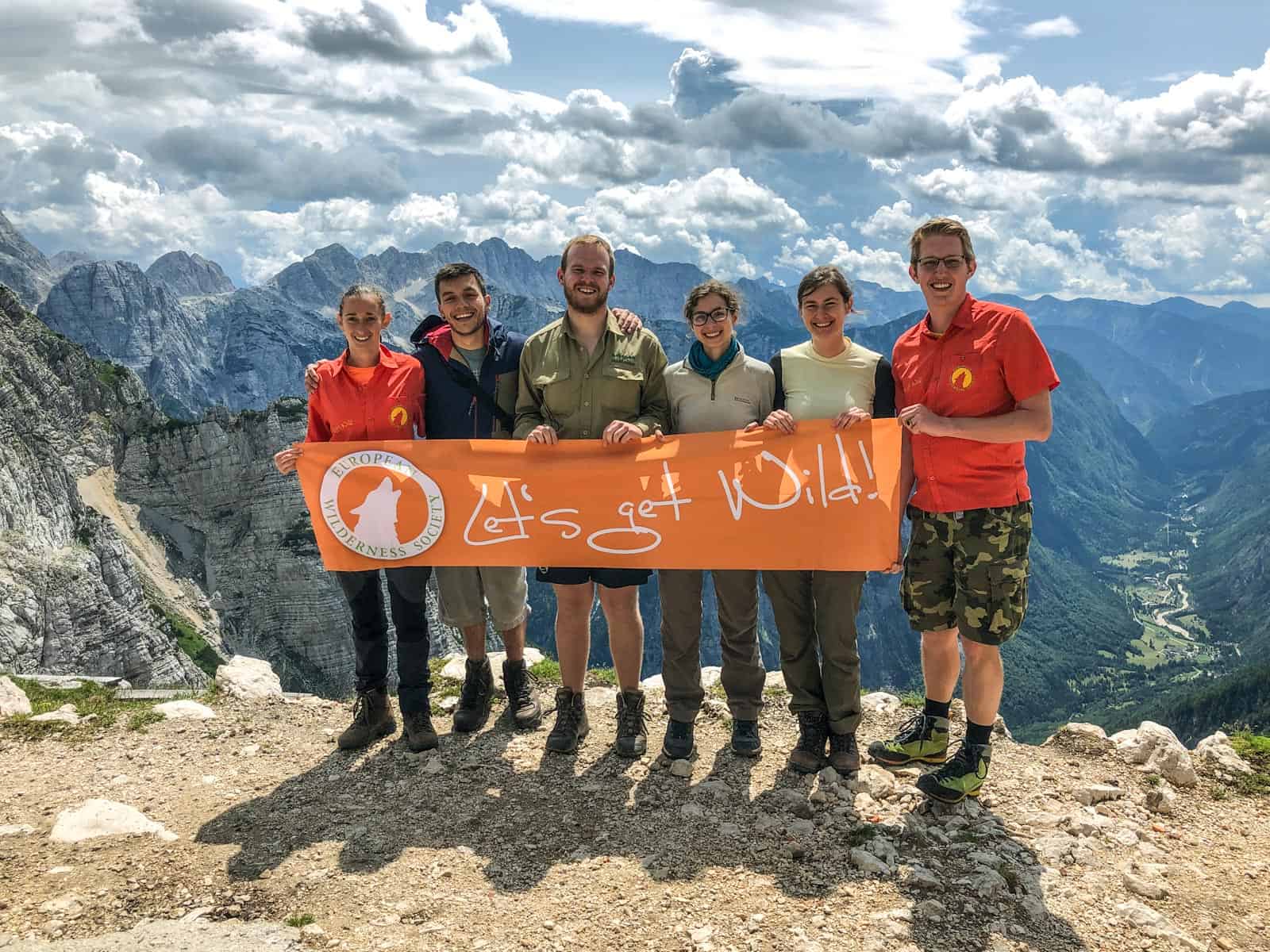Centralparks in the Carpathian Convention 12th Working Group on Biodiversity meeting
Carpathian ecosystems hold some of the very last European wilderness. These areas are famous for their largest remaining primeval forests and grasslands. Moreover, within such ecosystems, there are over 400 endemic plant and other animal species, that are either extinct or cannot effectively exist in other European regions.
To better manage these biodiversity hotspots, the Carpathian Convention was established 18 years ago. It is a multilateral environmental agreement between seven Carpathian countries which include Czech Republic, Hungary, Poland, Romania, Serbia, Slovakia and Ukraine. To this date, such partnership has helped to ensure a great framework for cooperation and multisectoral policy integration. Specifically, it has also opened up the forum for participation by stakeholders and the public. Moreover, it has also been a notably successful platform for developing and implementing transnational strategies, programmes and projects for environmental protection and sustainable development. Recently, the Twelfth Meeting of the Working Group on Biodiversity (WG Biodiversity) of the Carpathian Convention took place online, bringing forward some important updates in the context of the Carpathians and the European biodiversity goals.
Carpathian Convention & WG Biodiversity under the global post-2020 biodiversity framework
The Carpathian Convention has provided a Protocol on Biodiversity and Sustainable Forest Management. This Protocol safeguards both biological and landscape diversity in the region. Under this spectrum, the Carpathian Convention is therefore also considered as a regional instrument that promotes the implemention of the Post-2020 Global Biodiversity Framework in the Carpathians. Additionally, it also endorses the Global 2050 Goals and 2030 Action Targets within the regional level.
All this noted, the Working Group on Biodiversity (WG Biodiversity), as an entity under the Carpathian Convention, was also established to support the implementation of the relevant global and EU policies and processes. Particularly, it focuses on the the EU Biodiversity Strategy for 2030 and the UN Decade on Ecosystem Restoration.
Centralparks project & global and European biodiversity goals
As a regional project that is supported by the Carpathian Convention and its members, Centralparks ensures both the improved legal protection as well as a more efficient management of the protected natural areas in the Carpathians. Among three work packages under the Centralparks project, The 1st Thematic Work Package (WPT1) specifically addresses the above mentioned objectives of the Carpathian Convention in relation to both global and European biodiversity goals. Here are two specific examples as to how it does this.
First, the WPT1 aims to ensure integration of biodiversity conservation and sustainable development in the Carpathian region. To do this, it reconciles and links the conservation of biological/landscape diversity to sustainable local socio-economic development. Specifically, it supports the local communities in their protected areas related operations. In general, this contributes to the development of local sustainable tourism practices and improves the overall communications background between the local stakeholders.
Second, the the WPT1 also serves as a great platform for transnational cooperation and networking in the protection of biodiversity. Under the WPT1, there are 3 multinational expert groups (Thematic Transnational Task Forces, TTTFs). The TTTF on biodiversity and landscape conservation is the one that is highly involved in the Centralparks activities. It includes project partner representatives and external experts from 7 countries.
Draft Carpathian strategy for enhancing biodiversity and landscape conservation
To this date, the Thematic Transnational Task Force on biodiversity and landscape conservation has prepared 3 subsequent working versions of the Draft Carpathian strategy for enhancing biodiversity and landscape conservation (hereinafter ‘the Draft’) outside and inside protected areas. It indicates some specific measures and activities, which need to be applied in the protected Carpathian areas.
The implementation of the Draft will take place under 2 separate pilot actions in Hungary and Poland in 2021, each action involving the Carpathian protected areas (Duna-Ipoly National Park, Pieniny National Park) and surrounding local communities. Reports on lessons learned from its test implementation will be submitted in early 2022 to the Carpathian Convention.

